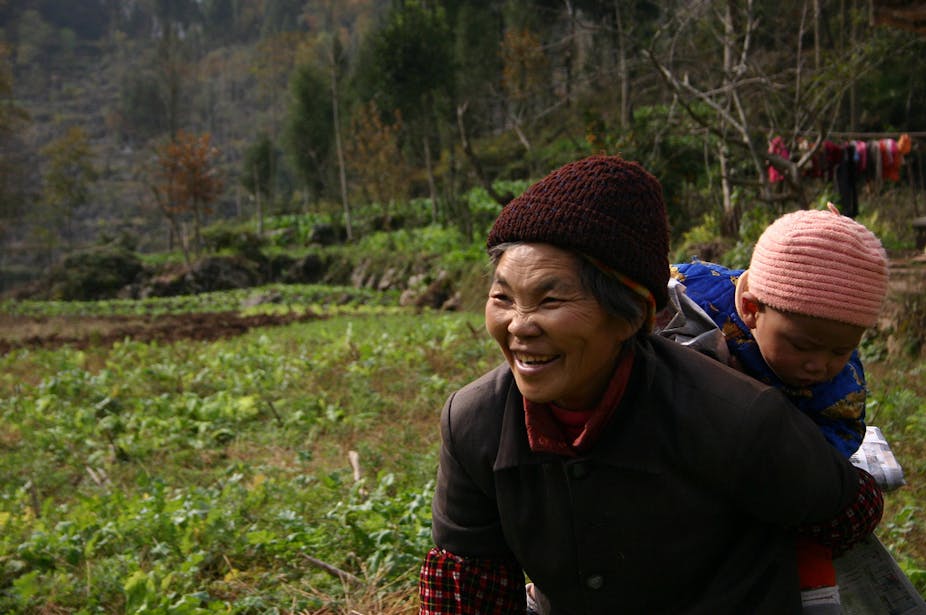Tu Youyou was tasked with finding a cure for malaria by Mao Zedong in 1969. More than four decades later, her discoveries help save more than 100,000 lives every year in Africa alone, and she has been rewarded with the highest honour in medicine, the Nobel Prize, shared with fellow parasite-battling scientists William C Campbell and Satoshi Ōmura.
What might seem unusual about her scientific work is that Tu began by looking to the plants used in traditional Chinese medicine. But it is far from the only time a modern cure has been found from traditional Chinese medicine and it is unlikely to be the last.
Tu and her colleagues searched ancient Chinese medical texts for references to herbs and recipes that might have been used to fight malaria-type symptoms such as fever, rigors and headache. They systematically screened the well-documented texts and sifted through more than 2,000 herb preparations of traditional Chinese herbs and from these identified 380 herb extracts and tested them on mice being infected by malaria parasites.
One of these, the common Chinese plant sweet wormwood (Artemesia annua) was prescribed in a 4th century Jin dynasty text, for treating fevers – a key malaria symptom. When tested, it was found to reduce the number of malaria parasites in the blood.

Turning the plant into a drug
Tu’s team then started to use different solvents to isolate different chemicals from sweet wormwood. They tested these chemicals one by one against mice infected by malaria parasites until they identified a compound that at a very low dose can kill the parasites faster than other anti-malarial drugs. This compound, artemisinin, can uniquely produce chemically reactive molecules in the parasite that kills them.
Isolating different classes of chemicals in plants requires strategy and patience. And producing a pure single compound such as artemisinin in a reasonable quantity from a plant with a higher potency than a synthetic drug is a major achievement. This is often done using a solvent to dissolve certain chemicals from plant material and then slowly evaporating the resulting solution to isolate the compounds. By repeating the process using different solvents it is possible to separate different chemicals.
But as well as following scientific methods to isolate the artemisinin, Tu again drew from Chinese medicine, a key element of which involves preparing plants in certain ways to affect their chemical properties. In line with this, Tu discovered that isolating the artemisinin from the plant was best performed at low temperatures.

Impact on malaria
The discovery of artemisinin has made a huge difference in the management of malaria treatment in the world. In 2013, 392 million treatment courses using the drug were procured by countries where the disease in endemic. If the malaria parasite were to become resistant to the drug it would severely hamper the goal of malaria eradication and also result in large increases in African childhood mortality.
To prevent this from happening, doctors have tried to limit the use of artemisinin-based compounds by combining them with other drugs that kill the parasites in a different way. Such artemisinin based combination therapy is recommended for treatment of uncomplicated malaria (which doesn’t severely affect the internal organs) caused by the parasite Plasmodium falciparum. Only severe malaria cases are given full doses of artemisinin derivatives (artesunate or artemether)
Despite the efforts to quickly diagnose and carefully treat malaria, there have been reports of resistance to artemisinin derivatives on the Thai-Cambodian border. In view of the potential resistance to artemisinin derivatives, perhaps a traditional Chinese approach of holistic treatment featuring a prescription of a combination of plants should be re-visited.

